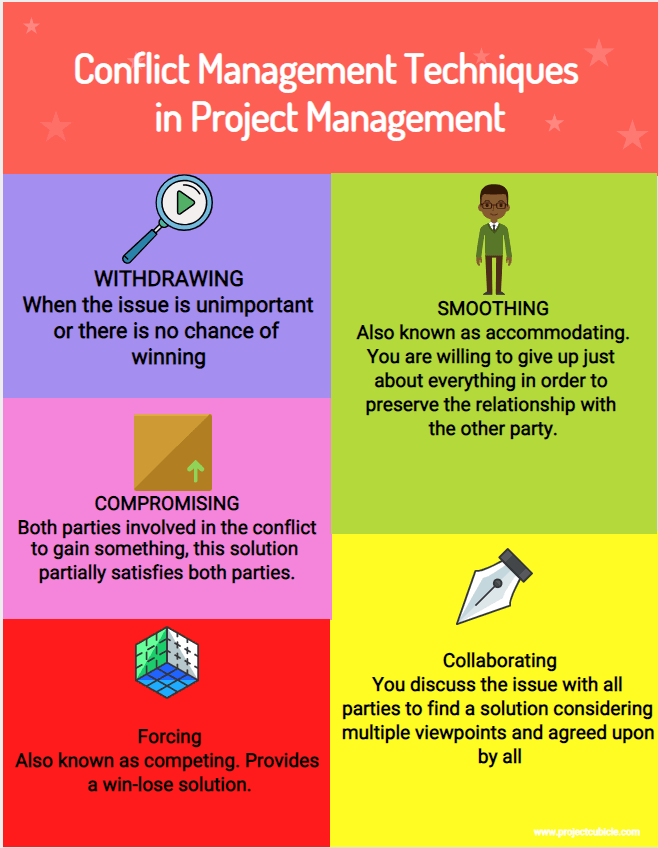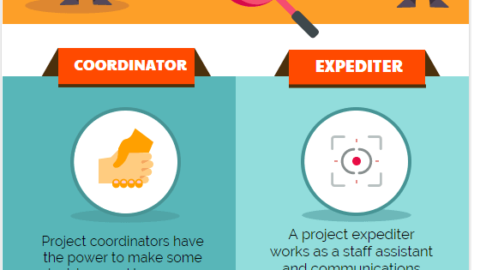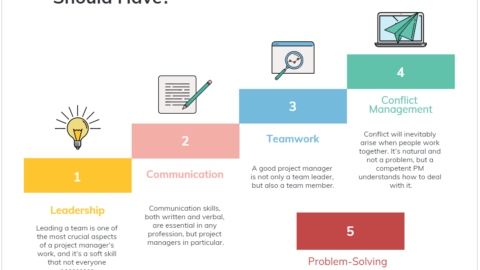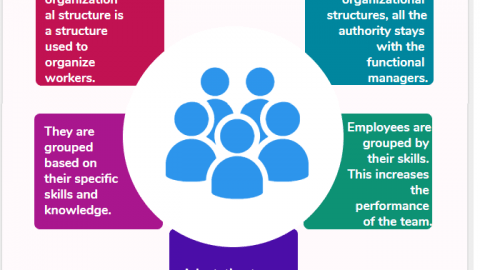What are the Conflict Management Techniques in the Workplace?
In this article, we will discuss conflict management techniques in the workplace and their importance for successful project management. Conflicts are integral parts of our daily lives. They may arise when two or more people do not agree on an issue. It is not possible to avoid them all the time. However, it is possible to manage them by implementing a number of techniques. Likewise their effects in human life, conflict situations are significant problems in the workplace. They are the most common events that affect an organization’s productivity. Therefore, implementing conflict resolution techniques is key for any projects success.
Table of Contents
In a project, when the stakeholder’ s goals, needs, interests, and values interfere with one other, conflicts may arise. Many people think that conflicts have always negative effects on the organization but that is not true. Conflicts may have also positive effects depending on the situations. As a result of healthy competitions, conflicts may cultivate innovation and inventiveness among the employees within an organization.
Importance of Using Conflict Resolution Techniques in Project Management
Issues that may cause conflicts must be controlled to prevent the advancement of a fight between the project team and stakeholders. At this stage, implementing conflict resolution techniques plays a key role in a successful completion.
Poor conflict management decreases productivity, quality and team morale within a project. One of the most important jobs of a project manager is to resolve disputes in the early stage when they are minor.
What are the Conflict Management Techniques ?
The conflict management process involves identifying and handling conflicts in an effective manner. There are several techniques to solve conflicts. The PMBOK Guide recommends the five of them below. So these are the conflict management techniques for the PMP Exam.
1. Withdrawing
2. Smoothing
3. Compromising
4. Forcing
5. Collaborating
1. Withdrawing
Withdrawing technique can be used by the project manager when the issue is unimportant or there is no chance of winning. In other words, the manager avoids and lets the conflict resolves itself. It is also known as avoiding.
Withdrawing technique can be used in the following cases:
- When the issue is unimportant and there is no chance of winning
- When there is no time to deal with it because of the other important issues
- When you see no chance of getting your concerns met
- When there is less or no information related to the conflict
The withdrawing conflict management technique has some advantages and disadvantages. Some professionals do not accept withdrawing as a conflict management technique because no action is taken while implementing withdrawing technique.
2. Smoothing
In the Shooting technique, the project manager accommodates the concerns of other people rather than his own concerns. Therefore this technique is also known as accommodating.
The smoothing technique can be used in the following cases:
- When other people have more effective solutions
- When you need a temporary solution to the problem
- When the issue is not very significant for you
Advantage of the smoothing conflict management technique is to save time by avoiding discussions that seem to take a long time. However, it may have some disadvantages. Other parties may exploit the situation and create additional advantages against you. This may damage your position as a leader.
3. Compromising
In this technique, the project manager takes suggestions from both parties and makes a compromise. It is a common technique used for resolving disagreements. This solution partially satisfies both sides. The project manager can choose this technique when there is a need for a temporary solution or when both parties have equally significant goals.
The compromising technique can be used in the following cases:
- When you need a temporary solution
- When both parties have equally significant goals
- When collaboration does not work
Compromising conflict management technique is a quick dispute resolution technique which creates a win-win solution. It ensures that all sides become a part of the solution. However, in this technique, none of the parties are truly satisfied.
4. Forcing
The project manager acts in a very assertive manner to achieve his goals or agrees with one party’s viewpoint and enforce the others. It is also known as competing.
Forcing technique can be used in the following cases:
- When there is an emergency
- When a fast resolution is needed for the situation
- When you agree with one party’s viewpoint and you have limited time to solve the issue
Forcing conflict management technique creates a win-lose solution which may demoralize team members and decrease their motivation. Although forcing provides a quick dispute resolution, it may negatively affect the team’s morale. Therefore it is not recommended by the experts when teamwork is essential for success.
5. Collaborating
In the collaborating issue management technique, the project manager negotiates the issue with all parties to find a solution considering multiple aspects. It is also known as win-win technique and the solution satisfies the concerns of both parties.
Collaborating technique can be used in the following cases:
- When there is a high level of trust
- When the decisions of other parties are important
- When a consensus is needed for the situation
- When a long-term relationship is needed
The collaborating technique satisfies both parties. Therefore it can be categorized as a win-win technique. However, it is a time-consuming technique which is not suitable when there is an emergency.
Why are the Conflict Resolution and Management Techniques are Important?
Organizations must overcome the challenges as a team in order to achieve their goals. It is significant to understand and apply conflict resolution techniques in order to encourage team spirit. The best conflict resolution technique is the one that suits the situation best. With a basic understanding of conflict management strategies, project managers will be more effective in the workplace. Trust building in the workplace is key to avoid conflicts.
In this article, we discuss conflict management techniques in the workplace. Note that this is an important topic for the PMP Certification Exam.
External References
See Also
Project Manager Skills and Competencies
Interactive vs Pull vs Push Communication
Emotional Intelligence in Project Management
How to manage project conflict
Irwin Michael Reston is an expert who has more than 30 years of experience in optimizing businesses, inspiring individuals and improving human resources departments. He established the BlueLight Consulting Limited to provide learning and training service worldwide.











Only wanna remark on few general things, The website design and style is perfect, the articles is real great : D.